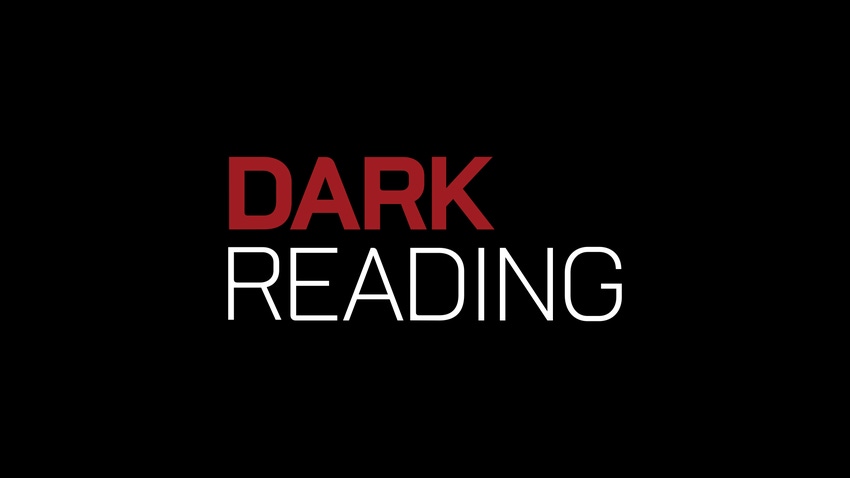Revisiting The Keep It All Forever Retention Strategy
Each day a seemingly new regulation is being placed on businesses and almost every one of these regulations adds to the data management burden in the data center. In the past I have advised against the keep it all forever mentality of data retention but now it may just be the only way left to protect the business.

Each day a seemingly new regulation is being placed on businesses and almost every one of these regulations adds to the data management burden in the data center. In the past I have advised against the keep it all forever mentality of data retention but now it may just be the only way left to protect the business.The first justification for a keep it all forever mentality is that the technology to archive years and even decades worth of data is more viable than ever. If you are going to keep everything, accessibility to this archive is critical. Disk based archive technology meets that demand and has improved on its ability to scale to multiple petabytes worth of capacity. As well as the ability to optimize storage capacity through compression and deduplication. Tape as an archive does not want to be left out either. As we discuss in our article "What is LTFS?" LTO-5 brings with it a new ease of use factor to tape based data. LTFS potentially makes reading data from tape as simple as reading data from a USB thumb drive.
The cloud as an archive cannot be left out of the discussion either. It provides the most incrementally scalable option and for businesses that don't have petabytes of storage to archive it may be the most cost effective option as well. Depending on the cloud storage provider it may also provide a better long term operational efficiency as well, relieving the data center from the data management burden in addition to saving upfront costs.
The second justification for a keep it all forever mentality is the improved ability to move older data to secondary storage. Data archiving software has certainly improved but most interesting is file virtualization products. As we discuss in our article "What is File Virtualization", the ability to seamlessly move data to and from an archive optimized disk repository without constant IT intervention is critical. In a keep everything strategy, policies need to be set broadly and then executed automatically. There may no longer be the time or resources available to manage down at the file level. As the number of regulations increase as well as focused enforcement of those regulations continues, the amount of recovery/discovery requests are going to skyrocket. IT can not afford to nor does it really want to be involved in delivering this data. The transparent recovery that file virtualization provides is key.
In our next entry we will discuss what else has to be in place for a keep it all forever data retention strategy to be successful. We will then conclude this series with a cost justification of a keep everything strategy vs. a strict data elimination strategy.
Track us on Twitter: http://twitter.com/storageswiss
Subscribe to our RSS feed.
George Crump is lead analyst of Storage Switzerland, an IT analyst firm focused on the storage and virtualization segments. Find Storage Switzerland's disclosure statement here.
Read more about:
2010About the Author(s)
You May Also Like
Why Effective Asset Management is Critical to Enterprise Cybersecurity
May 21, 2024Finding Your Way on the Path to Zero Trust
May 22, 2024Extending Access Management: Securing Access for all Identities, Devices, and Applications
June 4, 2024Assessing Software Supply Chain Risk
June 6, 2024Preventing Attackers From Wandering Through Your Enterprise Infrastructure
June 19, 2024
Black Hat USA - August 3-8 - Learn More
August 3, 2024Cybersecurity's Hottest New Technologies: What You Need To Know
March 21, 2024




